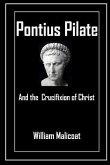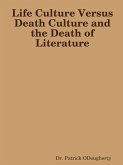Oxford Languages says crucifixion is 'an ancient form of execution in which a person was nailed or bound to a cross. There is little evidence that the Romans used to flog their victims before crucifixion.' (See notes on scourging) 'Crucifixion' comes from the Latin word crucifxio or crucifixus which means 'fixed to a cross'. An article in learnreligions.com says, 'The Jewish historian Josephus, who witnessed live crucifixions during Titus' siege on Jerusalem, called it "the most wretched of deaths." Victims were usually beaten and tortured by various means and then forced to carry their own cross to the crucifixion site. Because of the long, drawn-out suffering and horrible manner of execution, it was viewed as the supreme penalty by the Romans.' Simple explanation? If, as mentioned earlier, we don't delve any further, yes. Yet, even in these opening paragraphs questions can be raised (and will be raised later) about: ¿ Nailed or bound ¿ Cross or a simple stake ¿ Flogging or not ¿ Carrying their cross Each of these will be discussed, because there are many sources that debate not only these aspects of crucifixion, but many more. We later see how at one time, so many were crucified at the same time Jerusalem was devoid of trees, yet there is one basic, but important question - was anyone crucified and how can we prove it?
Hinweis: Dieser Artikel kann nur an eine deutsche Lieferadresse ausgeliefert werden.
Hinweis: Dieser Artikel kann nur an eine deutsche Lieferadresse ausgeliefert werden.









